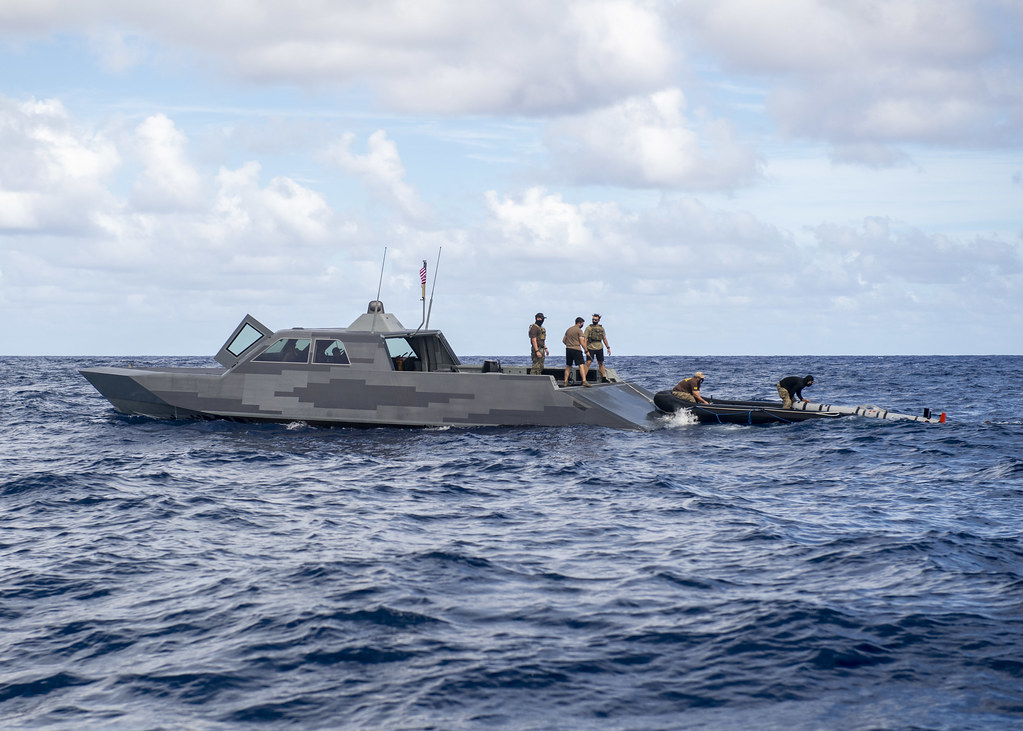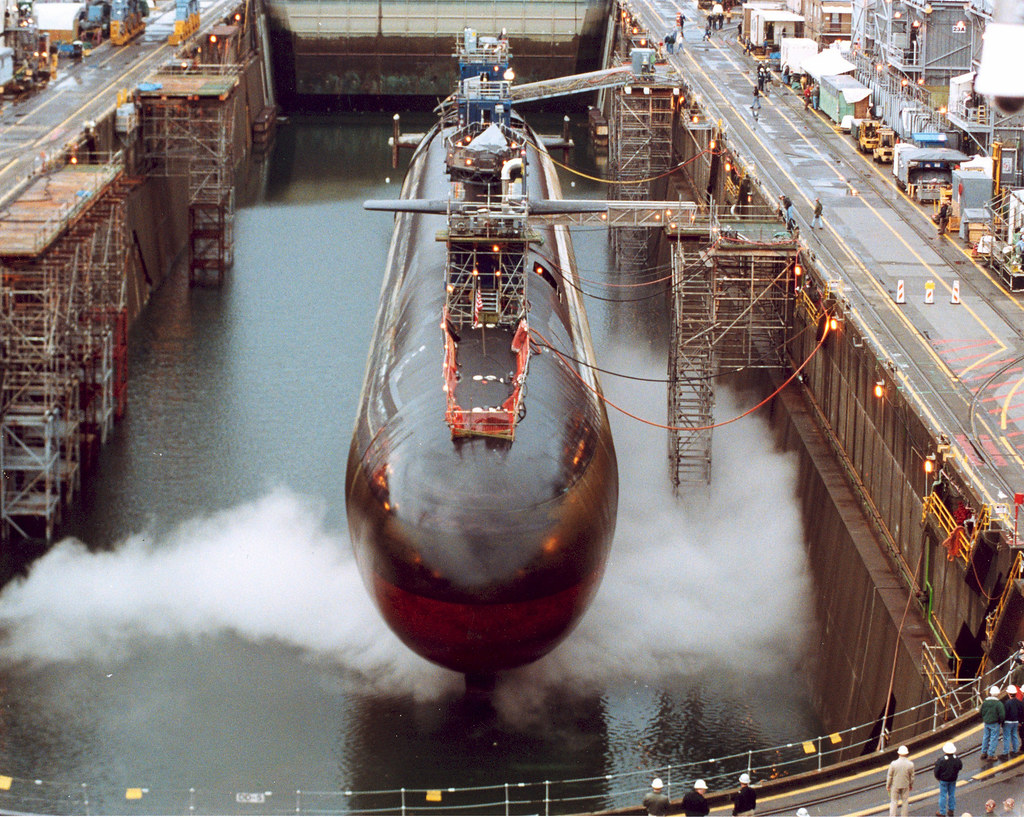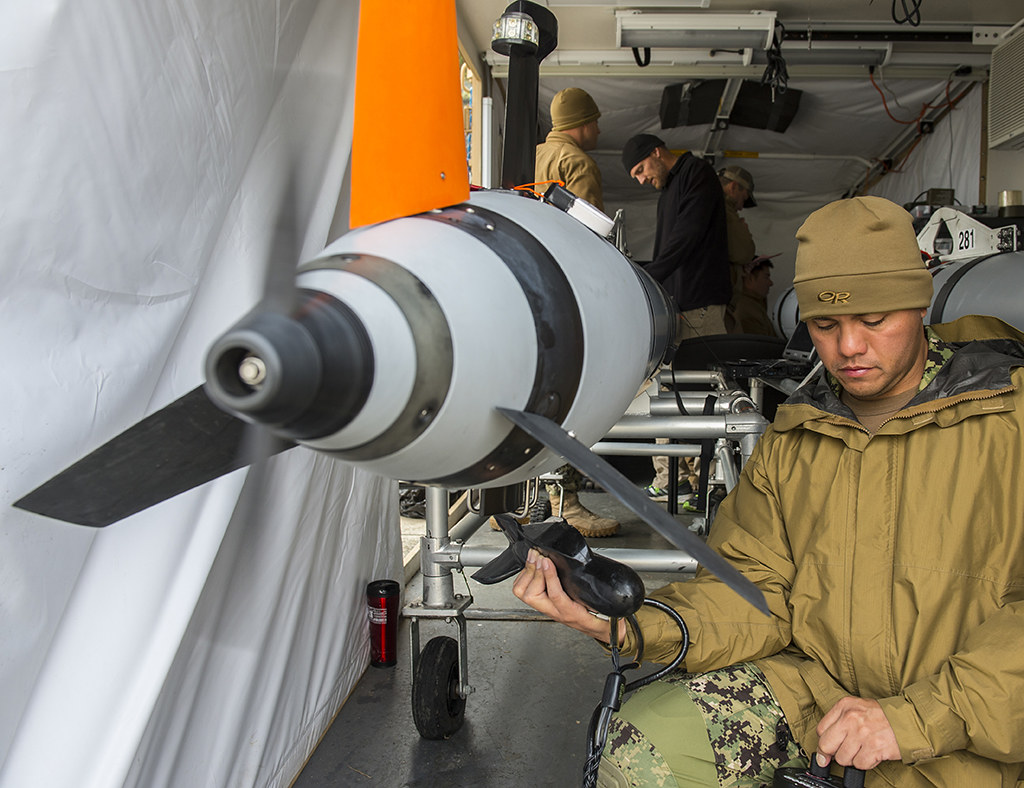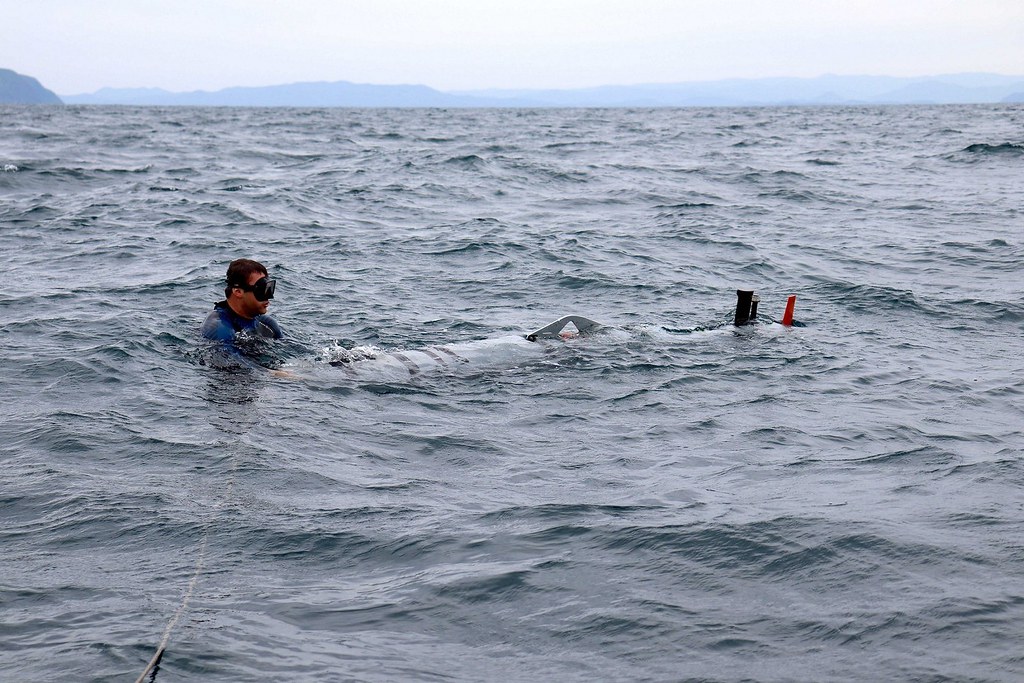
The cutting-edge Manta Ray drone, embodying the majesty of its namesake from the depths of the ocean, has surfaced as a potential game-changer in the realm of unmanned underwater vehicles (UUVs).

Developed by Northrop Grumman, the colossal prototype has captured imaginations with its recent at-sea trials, heralding a new era of naval operations.

The autonomous Manta Ray is designed to glide through the ocean on long-range missions, a significant achievement by the Defense Advanced Research Projects Agency (DARPA), which initiated the program in 2020.

With the objective of enhancing UUV design, increasing payload capacity, and conserving energy, DARPA’s investment has now reached a pivotal moment.

Northrop Grumman and Martin Defense Group LLC, the two main contractors in the program since Metron Inc.’s departure in late 2021, have both made substantial headway in bringing the concept to life.

Northrop Grumman’s version, an extra-large UUV, boasts unique features that align with DARPA’s vision of creating “strategic surprise,” as highlighted on the company’s website. These innovations include an emphasis on autonomy, modularity, and energy efficiency, with the drone capable of undertaking extended missions without the need for human interaction or maintenance.

This advanced prototype, seen fully assembled in images from Northrop Grumman’s Annapolis facility, is designed to navigate autonomously and carry a diverse range of equipment for various missions.

“I’m excited to repost one of the first pictures of Manta Ray fully assembled in our Annapolis facility,” noted Todd Leavitt, vice president of naval and oceanic systems at Northrop Grumman, encapsulating the enthusiasm surrounding the project.

The UUV’s energy-saving capabilities are especially noteworthy, with the drone able to hibernate on the seabed in a low-power mode, anchoring itself like a silent sentry awaiting activation. DARPA’s Kyle Woerner, program manager for Manta Ray, articulated the project’s critical role in both shaping a new class of underwater vehicles and contributing to other vital undersea programs.

During its at-sea trials, the Manta Ray prototype validated its ability to operate beneath the waves, fulfilling DARPA’s ambition for a UUV that can undertake independent operations from manned vessels and ports.

The design goal for the Manta Ray is complete autonomy, with minimal human interaction or maintenance required to achieve its mission objectives. Joseph Deane, Northrop’s Manta Ray program manager, stressed the vehicle’s low power usage, the capability to traverse long distances, and the autonomous operations as distinguishing factors that currently do not exist in other platforms.

As the U.S. Department of Defense inclines increasingly towards uncrewed technologies for their battlefield application, the Manta Ray represents a crucial piece of the puzzle. Its development aligns with the Navy’s vision of a hybrid fleet, where smart machinery complements sailors and Marines. The multiple payload bays of the Manta Ray indicate its versatility for assorted types of missions.

The prototype’s impressive size, which was on full display during recent trials off the coast of California, hinted at its significant potential. According to Brian Theobald, a principal investigator and chief engineer at Northrop, the vehicle’s scale is striking even to those familiar with its design. This sentiment underscores the leap from concept to reality that the Manta Ray represents.

As maritime drones gain prominence as a cost-effective method to augment the Navy’s capabilities while safeguarding personnel, the Manta Ray stands as a testament to the innovative spirit and strategic foresight driving modern military technology.

This venture into the deep not only signifies a shift in how navies may conduct future operations but also promises a strategic advantage in a world where underwater arenas are becoming as contested as those on land and in the sky.
Relevant articles:
– DARPA’s autonomous ‘Manta Ray’ drone can glide through ocean depths undetected, Space.com
– Northrop’s colossal Manta Ray underwater drone passes at-sea tests, C4ISRNet
– DARPA tests undersea Manta Ray drone prototype, looks to transition tech to Navy, DefenseScoop
– What Is Northrop Grumman’s Underwater Manta Ray Drone?, SlashGear

